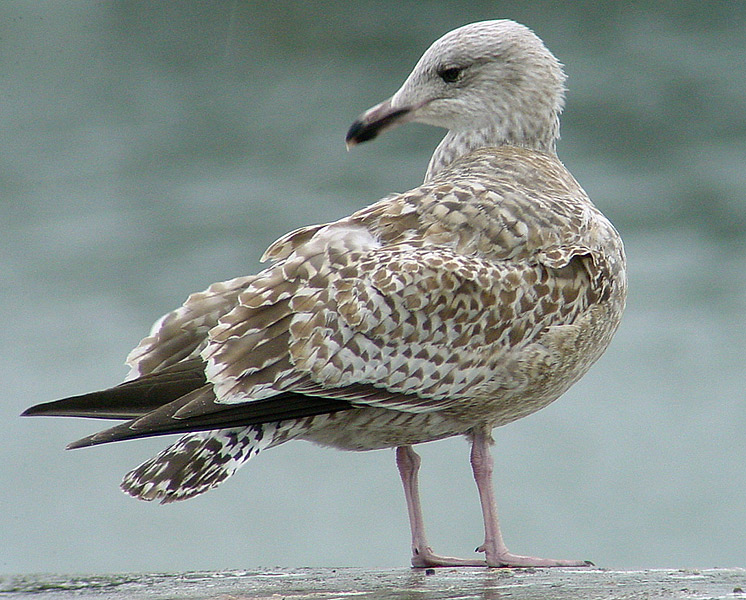 Herring Gull- Zilvermeeuw (argentatus & argenteus)
Herring Gull- Zilvermeeuw (argentatus & argenteus)
(last update:
Herring Gull plumages:
hg 1cy July
hg 1cy August
hg 1cy September
hg 1cy October
hg 1cy November
hg 1cy December
hg 2cy January
hg 2cy February
hg 2cy March
hg 2cy April
hg 2cy May
hg 2cy June
hg 2cy July
hg 2cy August
hg 2cy September
hg 2cy October
hg 2cy November
hg 2cy December
hg 3cy January
hg 3cy February
hg 3cy March
hg 3cy April
hg 3cy May
hg 3cy June
hg 3cy July
hg 3cy August
hg 3cy September
hg 3cy October
hg 3cy November
hg 3cy December
hg sub-ad January
hg sub-ad February
hg sub-ad March
hg sub-ad April
hg sub-ad May
hg sub-ad June
hg sub-ad July
hg sub-ad August
hg sub-ad September
hg sub-ad October
hg sub-ad November
hg sub-ad December
hg ad January
hg ad February
hg ad March
hg ad April
hg ad May
hg ad June
hg ad July
hg ad August
hg ad September
hg ad October
hg ad November
hg ad December
|
Herring Gull 2cy (argentatus), February 09 2003, Boulogne/Mer, France (50.43N-01.37E). A strong and powerful bird, with a sloping forehead "snout", the long primaries, creating an elongated rear end when perched and the strong, powerful impression. Some argentatus have the tail pattern limited, resembling Great Black-backed Gull (L. marinus) in pattern. This individual has most scapulars moulted for second generation feathers (upper scapulars: 75-100% moulted, lower scapulars 25-50% moulted, total: class 50-75% moulted). The moulted scapulars show a pale base and an anchor pattern on the tip. Note the moult stage in the under-parts and the head, with the head and upper-breast moulted to second generation feathers. Argentatus on average has a delay in moult compared to argenteus by February, especially the argentatus populations from northern Scandinavia. Furthermore, argentatus may show wing-coverts in much better condition, as this bird shows, still with the neat white fringes in the median coverts and on the greater coverts. In argenteus, the wing-coverts may look neat as well, but the white fringes of the feathers are almost always gone by February. Typically, argentatus can show very contrasting patterns on the inner primaries, making the window in the spread wing very obvious.
|
